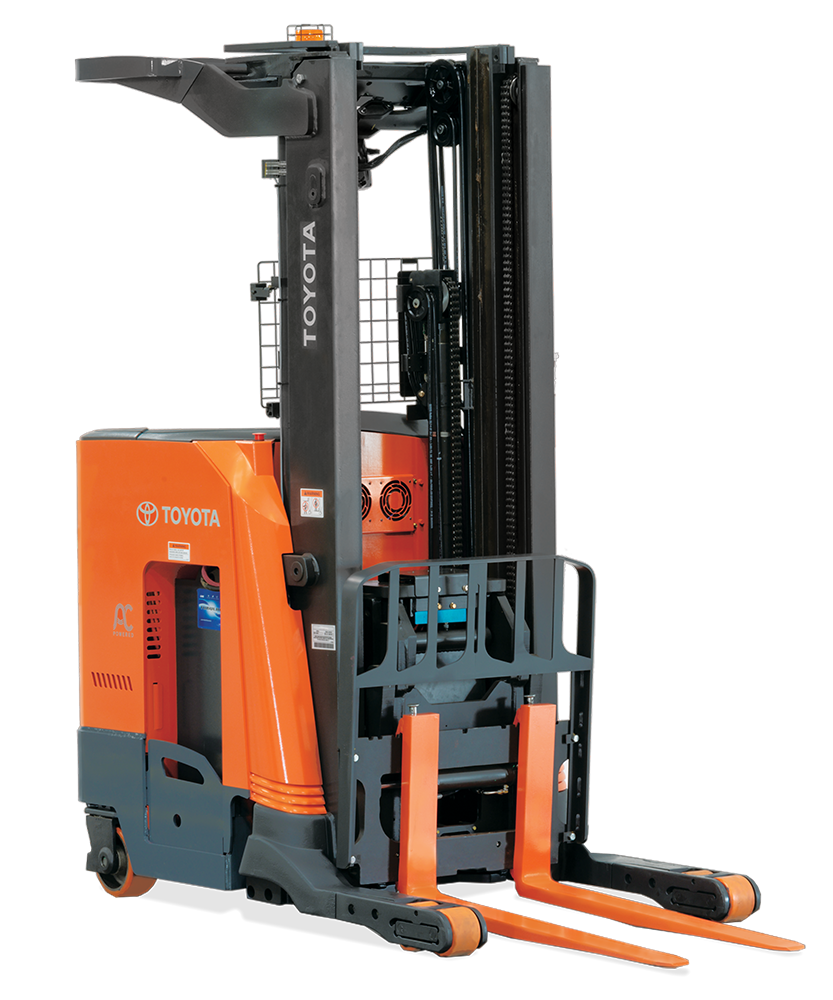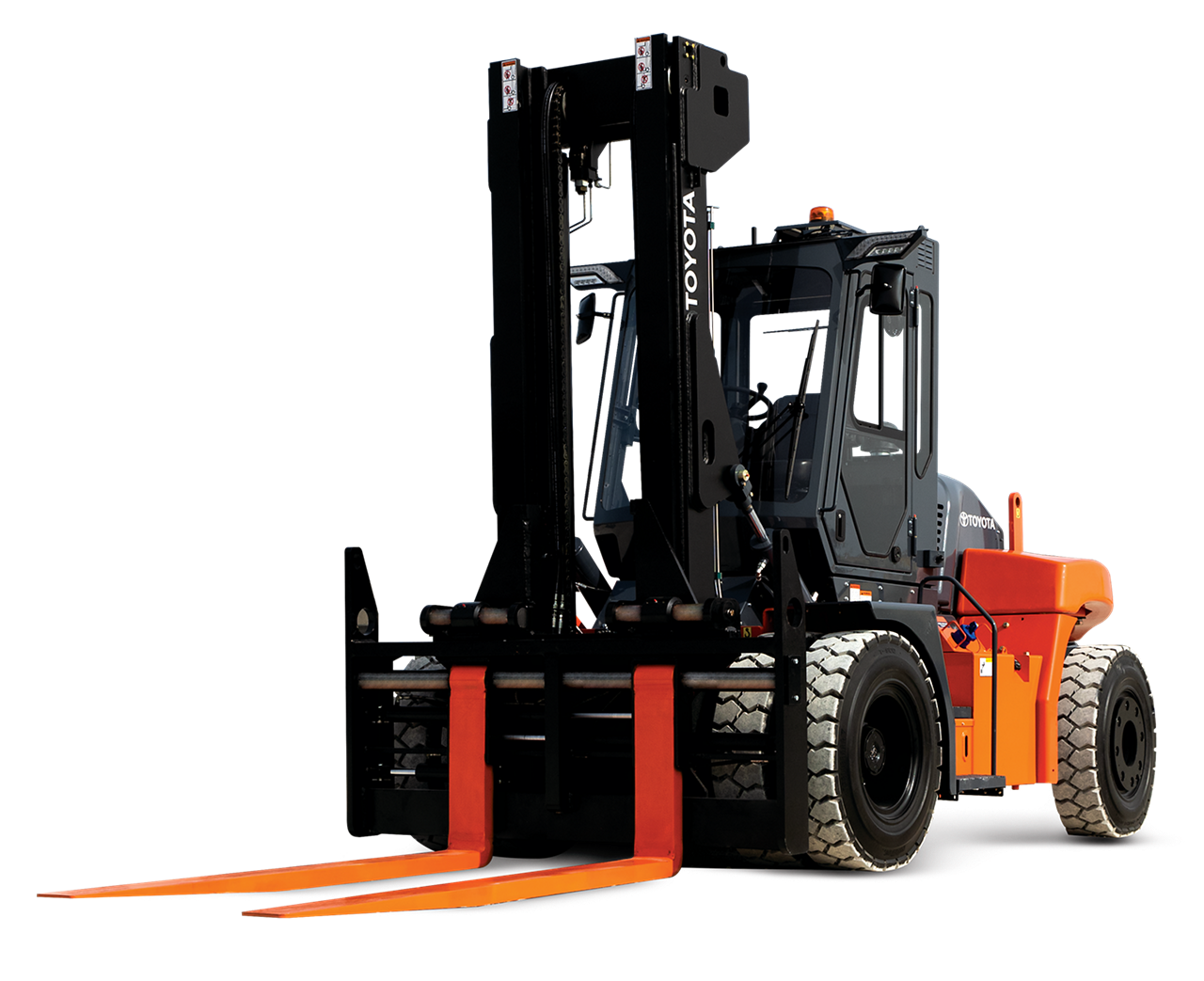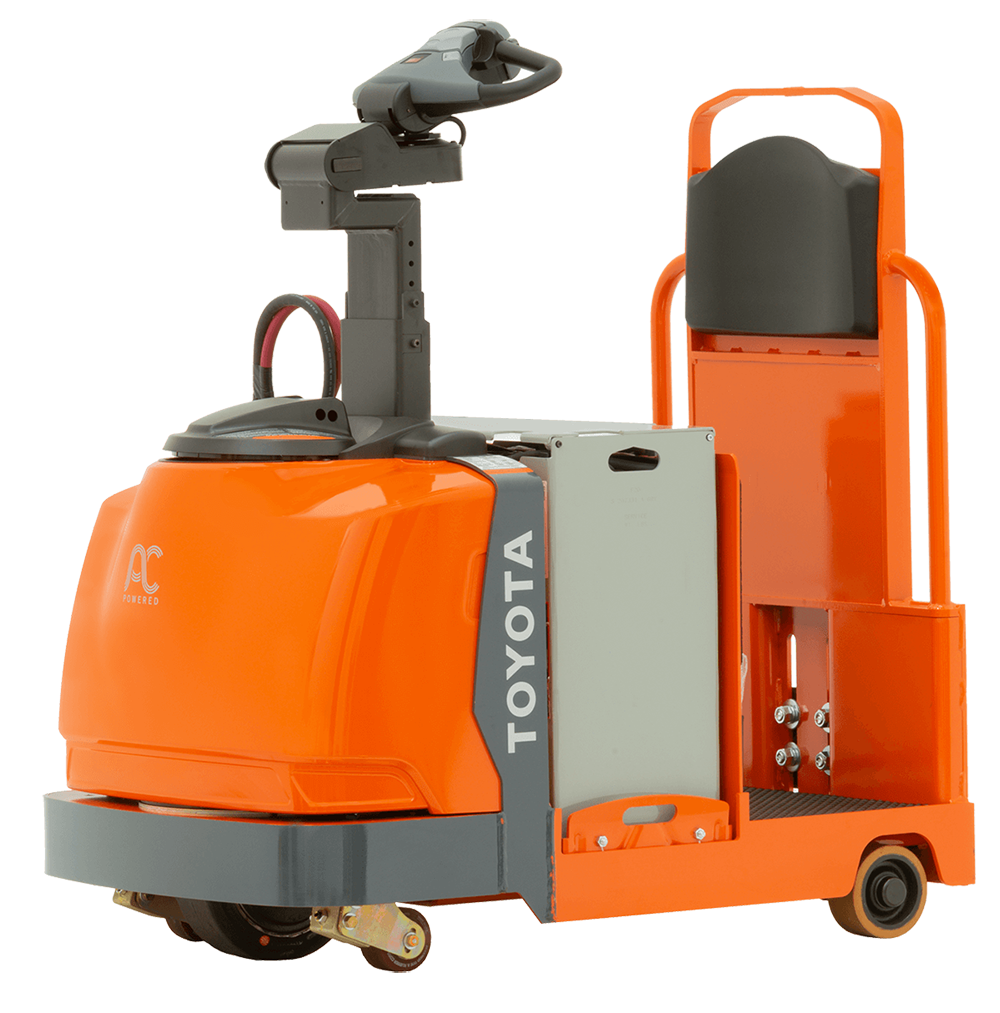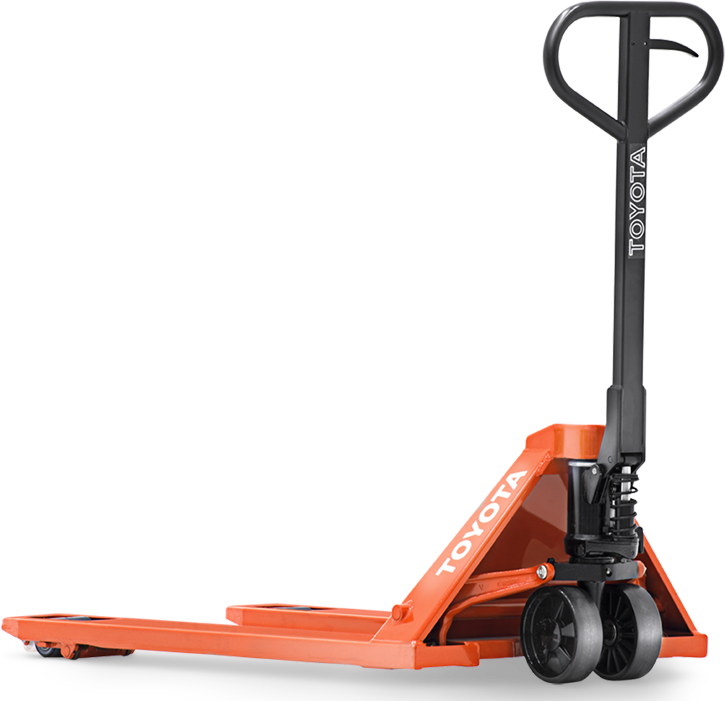Please click below to sign in to your MyToyota account
How to Choose Between Pneumatic and Cushion Forklift Tires?

When selecting the ideal tires for your forklift, you’ll often choose between pneumatic and cushion tires. Each option offers distinct advantages, so it’s essential to understand the key differences and how they align with your specific operational needs.
Choosing the right tire impacts the handling and ultimately, safety, of your forklift. Forklifts are specifically designed for a particular tire and the tires are designed for specific applications or industries.
Why Choose Pneumatic Forklift Tires?
Pneumatic tires are similar to car or truck tires, offer high performance and versatility, making them a popular choice for various environments like construction sites, lumber yards, and indoor/outdoor warehouses. These tires provide excellent grip on uneven surfaces and tough terrain. There are two main types of pneumatic tires:
● Solid Pneumatics: Made from solid rubber, these tires are more resistant to punctures, making them ideal for rugged conditions.
● Air Pneumatics: Filled with air, these tires provide a cushioned ride and are commonly used for a smoother experience on rough terrain.

Exploring Cushion Forklift Tires
Cushion tires are made of smooth, solid rubber and are fitted around a metal band. They are cheaper to manufacture and easier to maintain. Cushion tires offer an economical and low-maintenance option for forklifts. Cushion tires are ideal for smooth surface applications and are best suited for:
● Indoor Use: Perfect for warehouses and loading docks with smooth floors.
● Tight Spaces: These tires allow for a smaller turning radius, improving maneuverability in confined areas.

How to Make Your Decision
Before you make your initial forklift purchase, decide whether a pneumatic or cushion tire forklift is best for you. Start by determining how the forklift will be used. Consider your capacity and any multi-use functions. Then, consider space constraints and application; will it be used inside, out, or both? Will it be used on smooth or uneven terrain?
Need more information about your tire decision? Toyota authorized dealers are experts in assessing needs and helping you select the right option.
Request A Quote or for pricing, parts & more, click here to find a dealer near you.


















